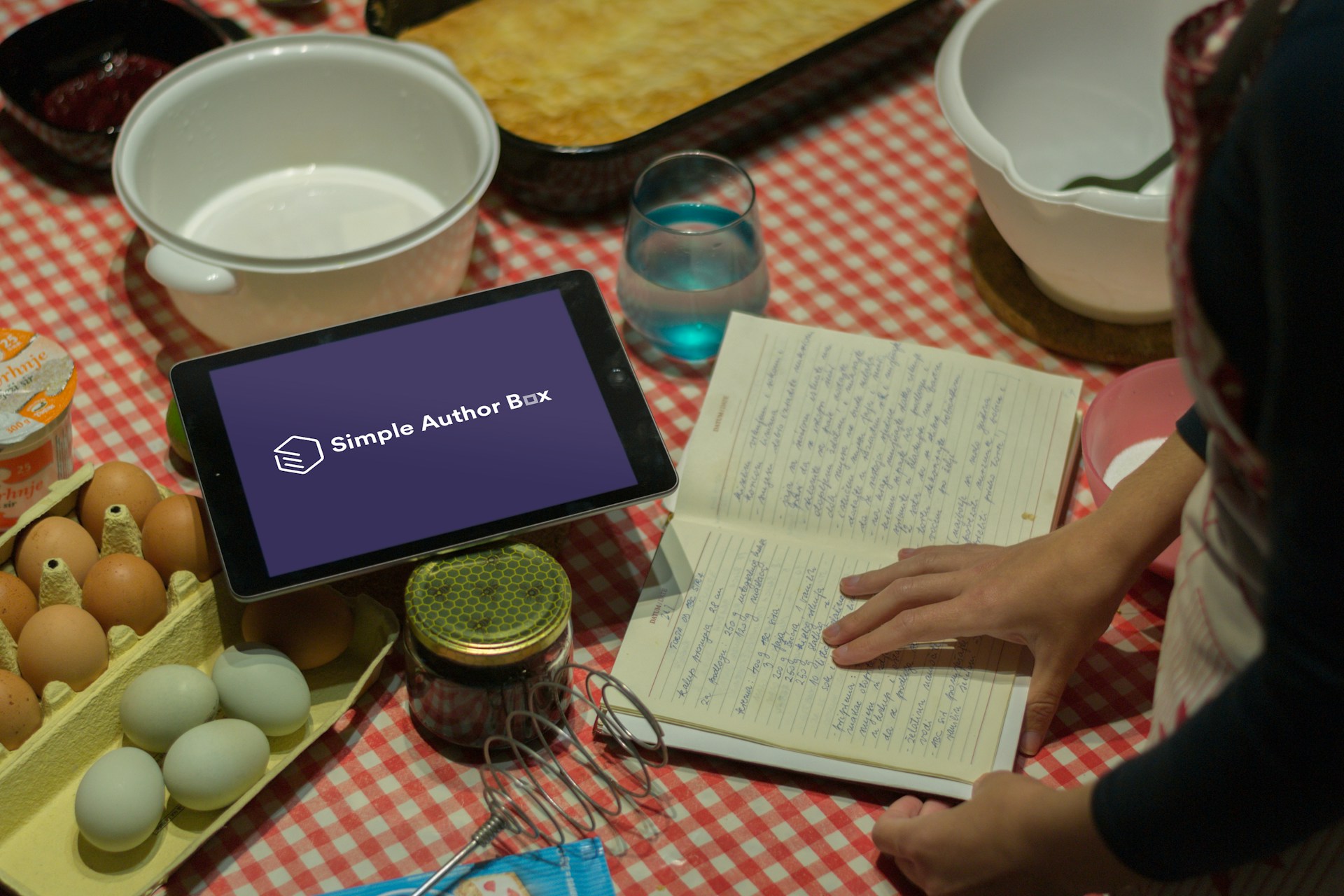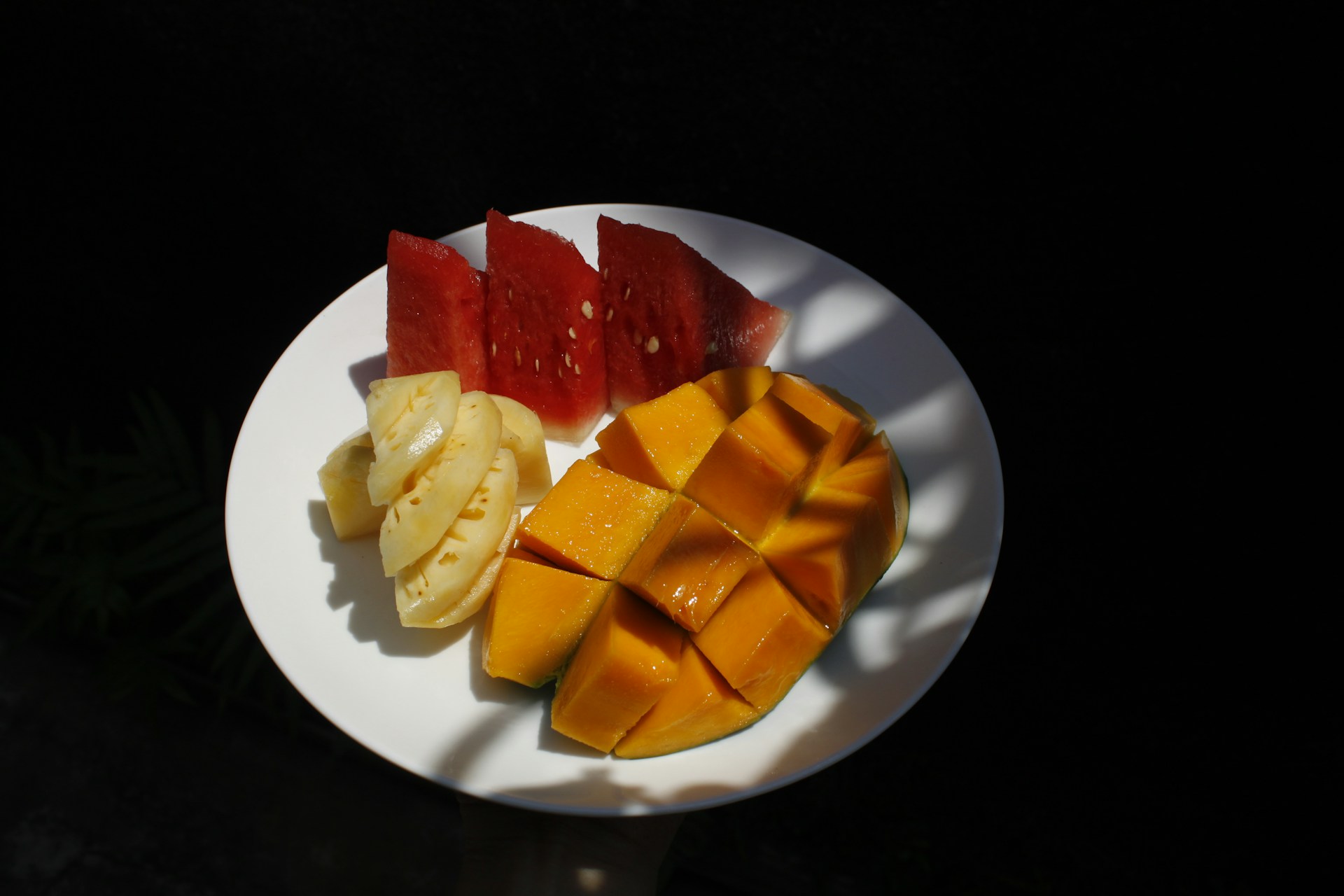Individual Dietary Diversity Score and Nutritional Status Differences between Students Living in Dormitory and Home during COVID-19 Pandemic
Perbedaan Keragaman Pangan dan Status Gizi Santri di Asrama dan Rumah selama Pandemi COVID-19

Downloads
Background: High school students at Islamic Boarding Schools (IBS) are continuing their learning activities at school during the COVID-19 pandemic, with the option to live either at home or in the dormitory. These differing living conditions may have an impact on individual dietary diversity scores (IDDS) and nutritional status.
Objectives: To compare the IDDS and nutritional status of IBS students between dormitory living and home living during the COVID-19 pandemic.
Methods: This study was conducted using a cross-sectional design involving 232 boys and girls (116 residing in the dormitory and 116 residing at home) aged 16-18 years, from 8 IBS located in Mranggen District, Demak Regency. The subjects were selected through systematic random sampling, adhering to specific inclusion and exclusion criteria. Data was collected using structured questionnaires that included IDDS, weight, and height measurements to calculate BMI Z-scores. Data were analyzed using Independent T, Mann Whitney U, Chi-Square, Rank Spearman Tests, and General Linear Models.
Results: The subjects living at home consume a higher number (≥ 6) of food groups compared to those living in the dormitory. The malnutrition rates in dormitories are higher (40.5%). There were no significant differences in age and the number of confirmed COVID-19 cases between the two groups. The mean IDDS (5.4, p<0.001) and BMI Z-scores (0.26, p<0.001) of subjects living at home were higher than those living in the dormitory (3.7 and -0.73, respectively). The mean allowance for subjects living at home (Rp 325,948.3, p<0.001) was also higher than for those living in the dormitory (Rp. 224,913.8). Even after controlling for IDDS and allowance, the BMI Z-scores of subjects living at home remained higher than those in the dormitory.
Conclusions: During the COVID-19 pandemic, IBS students who lived at home had higher food diversity and BMI Z-scores compared to those who lived in the dormitory. acceptability value and increased nutritional content compared to the control formula.
Ministry of Health of the Republic of Indonesia.2018 Basic Health Research Results. Ministry of Health of the Republic of Indonesia vol. 53 https://kesmas.kemkes.go.id/assets/upload/dir_519d41d8cd98f00/files/Hasil-riskesdas-2018_1274.pdf (2019).
Harrison, JFet al.Handbook and Lesson Plan Collection for Junior High School Teachers: TEENAGERS HEALTH AND NUTRITION. ((SEAMEO RECFON) Ministry of Education and Culture, Republic of Indonesia, 2016).
United Nations Indonesia.Joint Statement on Food Security and Nutrition in the Context of the COVID-19 Pandemic in Indonesia. https://www.unicef.org/indonesia/media/4901/file/Statement%252520Bersama%252520about%252520Resilience%252520Pangan%252520dan%252520Gizi.pdf (2020).
Musyayyib, Rudy Hartono, AP Knowledge and Diet with the Nutritional Status of Adolescents at the Nahdlatul Ulum Soreang Maros Islamic Boarding School.Health Media. Polytechnic. healthy. Macassar(2017).
Basic Health Research.Central Java Province Report on Basic Health Research 2018. Ministry of Health of the Republic of Indonesia (2018).
Demak Covid-19 Handling Task Force. Table of Covid-19 Distribution in Demak Regency per District. Demak District Health Officehttps://corona.demakkab.go.id/ (2020).
Dhofier, Z. Islamic Boarding School Traditions: A Study of Kyai's View of Life. (LP3ES, 1984).
Notoatmojo, S.Health Research Methodology. (PT Rineka Cipta, 2010).
Kennedy G., Ballard T., DMGuidelines for measuring homehold and individual dietary diversity. Fao (European Union, through the EC-FAO, 2010).
Sirajuddin, D. Food Consumption Survey. (EGC, 2015).
Sastroasmoro, S. Fundamentals of Clinical Research Methodology 2nd Edition. (Sagung Seto, 2002).
Bano, R.et al.A comparative study of Knowledge, Attitude, Practice of nutrition and non-nutrition student towards a balanced diet at Hail University. IOSR J. Nurs. Heal. sci. 2, 29–36 (2013).
WHO. BMI for ages (5-19).World Health Organizationhttps://www.who.int/tools/growth-reference-data-for-5to19-years/indicators/bmi-for-age (2022).
Tarighat, A., Mahdavi, R., Ghaemmaghami, J. & Saafaian, A. Comparing the nutritional status of college female students living on and off campus in Ardabil, 1999.J. Ardabil Univ. med. sci.3, 44–52 (2003).
Alghamdi, ES, Farrash, MS, Bakarman, MA & Mukhtar, AM Dietary Habits of University Students Living at Home or at University Dorm: A Cross-Sectional Study in Saudi Arabia.Glob. J.Health Sci.10, 50 (2018).
Saeed, A., Moazam, M. & Razzaq, S. a Research To Assess the Diet Pattern With Varying Nutrient Intake: Dormitory Versus Non-Dormitory Female Students. Indo Am. J. Pharm. sci.6, 7634–7638 (2019).
Small, M., Bailey-Davis, L., Morgan, N. & Maggs, J. Changes in Eating and Physical Activity Behaviors Across Seven Semesters of College: Living On or Off Campus Matters. Heal. Educ. Behav.40, 435–441 (2013).
Almatsier, S. Basic Principles of Nutrition Science.(Gramedia, 2010).
Eid Aljohani, N. Comparison of Nutritional Status Between University Students Living At Dormitory and Students Living At Home. int. J. Adv. Res.7, 905–911 (2019).
Mohamadi, N., Shobeiri, F., Khirolahei, A. & Gh, R. Nutritional patterns in Iranian university students: comparison between dormitory and non-dormitory states.3, 1–5 (2014).
Health Research and Development Agency, Ministry of Health of the Republic of Indonesia.Basic Health Research 2013. (2013).
Ikujenlola, AV & Adekoya, TS Nutritional status and feeding habits of females in public and private Universities in Osun state, Southwestern, Nigeria.Heliyon6, e05023 (2020).
Punitha, VC, Amudhan, A., Sivaprakasam, P. & Rathnaprabhu, V. Pocket Money: Influence on body mass index and dental caries among urban adolescents.J. Clin. Diagnostic Res.8, JC10–JC12 (2014).
Dong, X. & Chen, L. Effects of pocket money on weight status among junior high school students: a longitudinal study in. 1–18 (2022).
Sartika, W., Herlina, S., Qomariah, S. & Juwita, S. The Effect of Allowance on Overnutrition in Adolescents during the Covid-19 Pandemic The Effect of Allowance on The Events of Overnutrition In Youth Times Pandemic Covid 19 .J. Heal. Technol. med.8, 400–405 (2022).
Parmar, et al.Exploring the dietary habit of medical students and their perception about their effect on health. Indian J. Public Heal. Res. Dev. 8, 154–158 (2017).
Wilson, Courtney K. Matthews, June l. Seabrook, Jamie A. Dworatzek, PD Self-reported food skills of university students.Elsevier(2016) doi:DOI: 10.1016/j.appet.2016.10.011.
Gonete, KA, Tariku, A., Wami, SD & Akalu, TY Dietary diversity practice and associated factors among adolescent girls in Dembia district, northwest Ethiopia, 2017.Public Health Rev.41, 1–13 (2020).
Muslihah, N., Winarsih, S., Soemardini, S., Zakaria, A. & Zainudiin, Z. Diet quality and its relationship with nutritional knowledge, socioeconomic status, and nutritional status.J. Nutrition and Food8, 71 (2013).
Copyright (c) 2023 Amerta Nutrition

This work is licensed under a Creative Commons Attribution-ShareAlike 4.0 International License.
AMERTA NUTR by Unair is licensed under a Creative Commons Attribution-ShareAlike 4.0 International License.
1. The journal allows the author to hold the copyright of the article without restrictions.
2. The journal allows the author(s) to retain publishing rights without restrictions
3. The legal formal aspect of journal publication accessibility refers to Creative Commons Attribution Share-Alike (CC BY-SA).
4. The Creative Commons Attribution Share-Alike (CC BY-SA) license allows re-distribution and re-use of a licensed work on the conditions that the creator is appropriately credited and that any derivative work is made available under "the same, similar or a compatible license”. Other than the conditions mentioned above, the editorial board is not responsible for copyright violation.












































